Pusher Hackdays August 2016
News from Pusher Hackdays 2016. It was once again time to grab our sketch pads and laptops to brainstorm the next hackday/billion dollar project ideas.
Introduction
It was once again time to grab our sketch pads and laptops to brainstorm the next hackday/billion dollar project ideas. The bar was well and truly raised this time with the quality of projects being much higher than previous hackdays. It was certainly the noisiest hackday presentation we’ve had. One minute we were playing a keyboard in space using a VR headset and the next we created a Pusher choir using everyone’s devices in the office.
In keeping with the hackday format there were a couple of projects that erm… failed to fully function during the presentations – you can’t beat a buggy demo. So who were the winners and losers from the days?
Geofenced Radio #winning
To say we were skeptical of this project is an understatement. We were however proven wrong and this little beauty went on to be crowned our winning hackday project.
Imagine if you could target users in a specific area with specific music/ sounds. But why would I use this I hear you ask? Well thankfully the team prepared an extensive list of possible use cases:
- Fans could gather in a specific area to experience a remote promotional gig.
- Music could change as you move between rooms, for example being able to allocate chilled out music in a chill out area.
- Museums could use the app to provide interactive tours. As users move between rooms the facts they’re hearing change based on location.
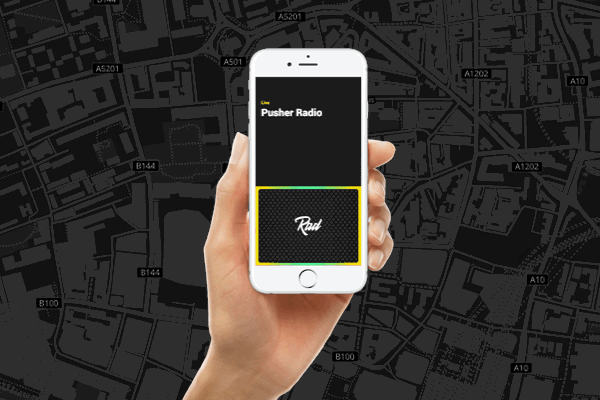
Sound Canvas
This little hack gives us a good insight into the future of music and how we’ll interact with it. It was built using a pusher-based SonicPi API – which allowed the team to build web-based instruments. But that wasn’t enough for team Danger Mouse. The team wanted to take the hack to another level and so created a hyper-immersive virtual reality keyboard in outer space…did you catch all that?

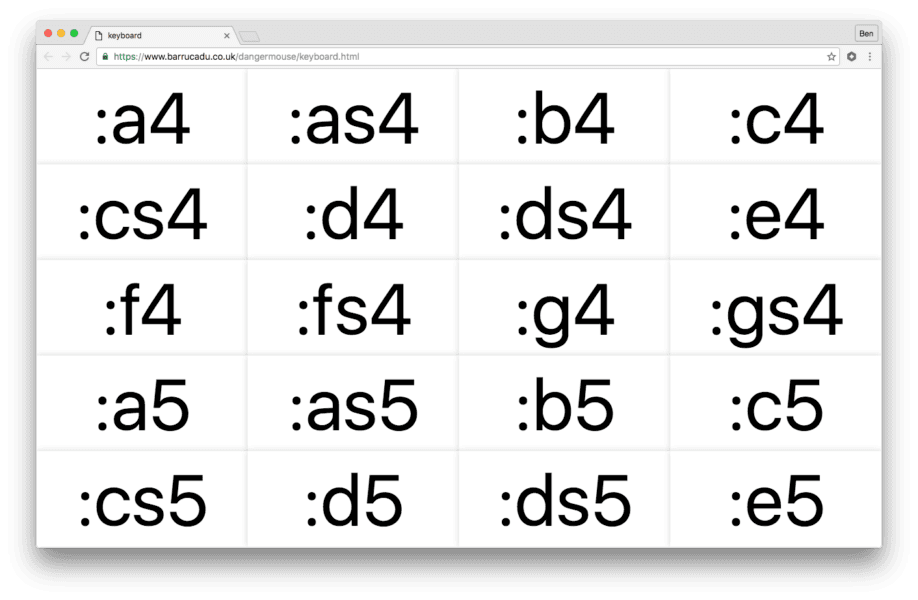
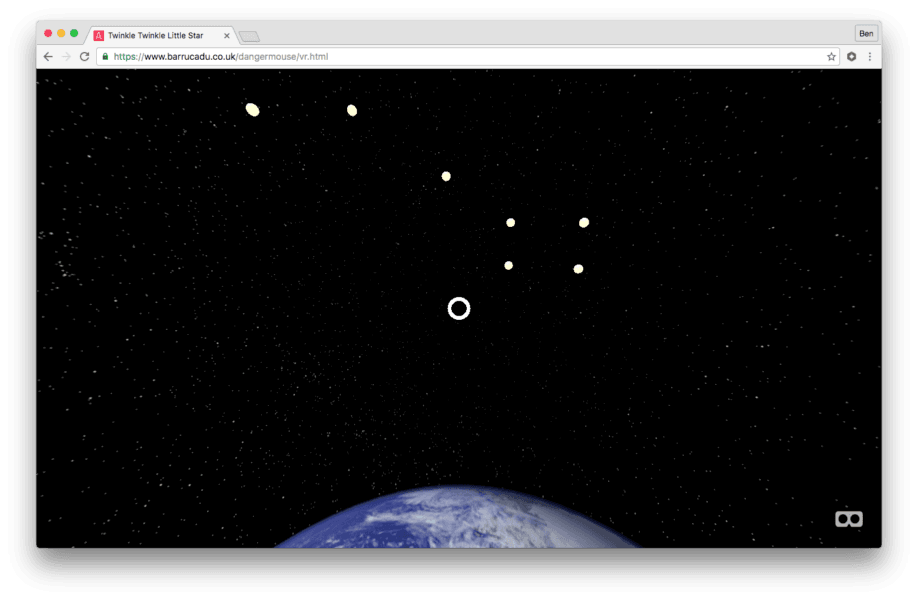
Pokéworker
What better way to bond with your co-workers than catching them and putting them into your very own office collection. This app uses facial recognition which allows you to ‘catch’ your colleagues as they duck and dive in the office. Make sure you catch them all to add to your collection! The front-end was built using Zurb Foundation along with JSFeat for the face recognition algorithm.

HTML5 Theremin
Not content with the wide array of instruments on the market team Scooby Dru set out to come up with an entirely new digital instrument that lives on a web page. You play it just like you would a theremin, by waving your hands in front of it much to the amusement of onlookers. Now for the technical jargon – this JavaScript version uses getUserMedia to capture a video stream from your laptop’s camera. That feeds into a image recognition loop which uses js-objectdetect to locate your closed fist and it’s position relative to the corners of the image. The sound is produced using the Web Audio API by translating the (X, Y) coordinates of the hand into the (frequency, gain) parameters of the oscillator.

Pusher Choir
Think King’s College choir combined with a lack of musical talent and a buggy demo and you have the Pusher Choir app. Team Popeye produced a collaborative music demo that allowed Pusherinos to take up their instrument of choice. We’ve still got a fair way to go before Simon Cowell comes knocking at our door but it was as ever a fun team demo. The app experimented with FabricJS.

Guesserino
Last but not least we had team Road Runner and very fittingly their game revolved around speed and intellect although there wasn’t much of that during the demos. This app takes a modern day twist on the classic pub quiz, sync up with other players in the room to compete for victory. Be warned recognising all the words to a Backstreet Boys song might not gain you any ‘cool points’.
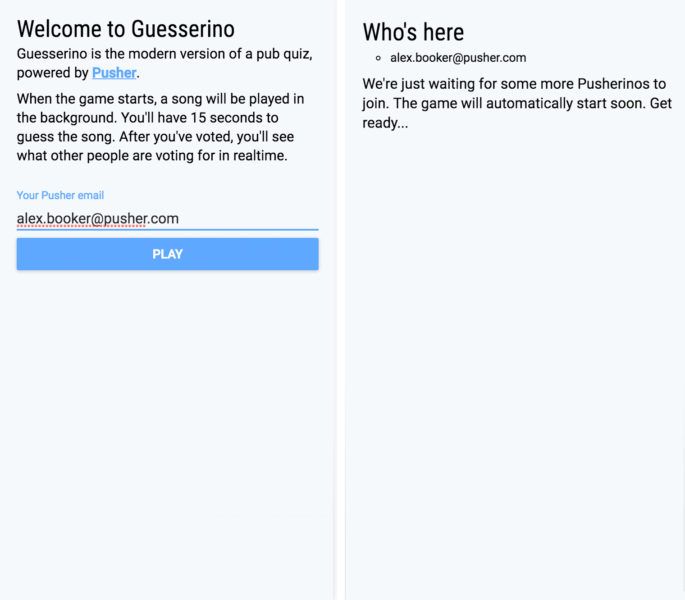
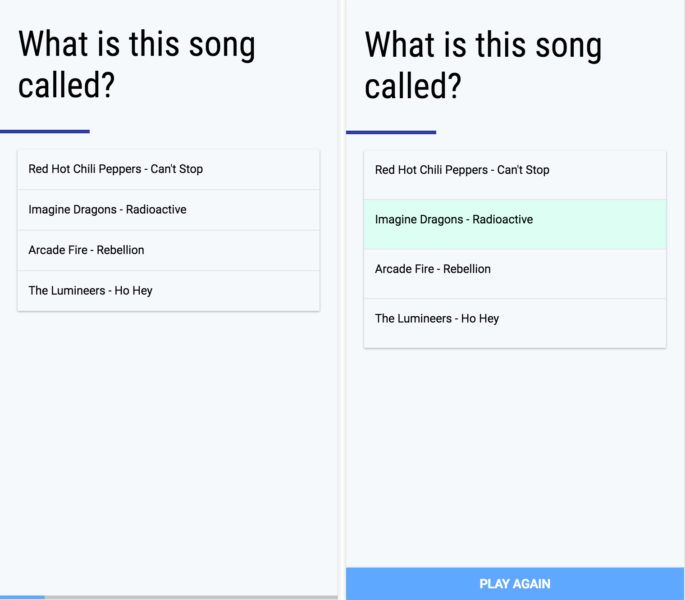
We love hackdays at Pusher as it’s a way for us to work across teams that we might not usually work with and generally have fun over a couple of days trying out new things. We can’t wait to see what hackday projects we come up with next quarter and the creative ways people find to use Pusher.
If this sounds fun get in touch – we’re hiring!